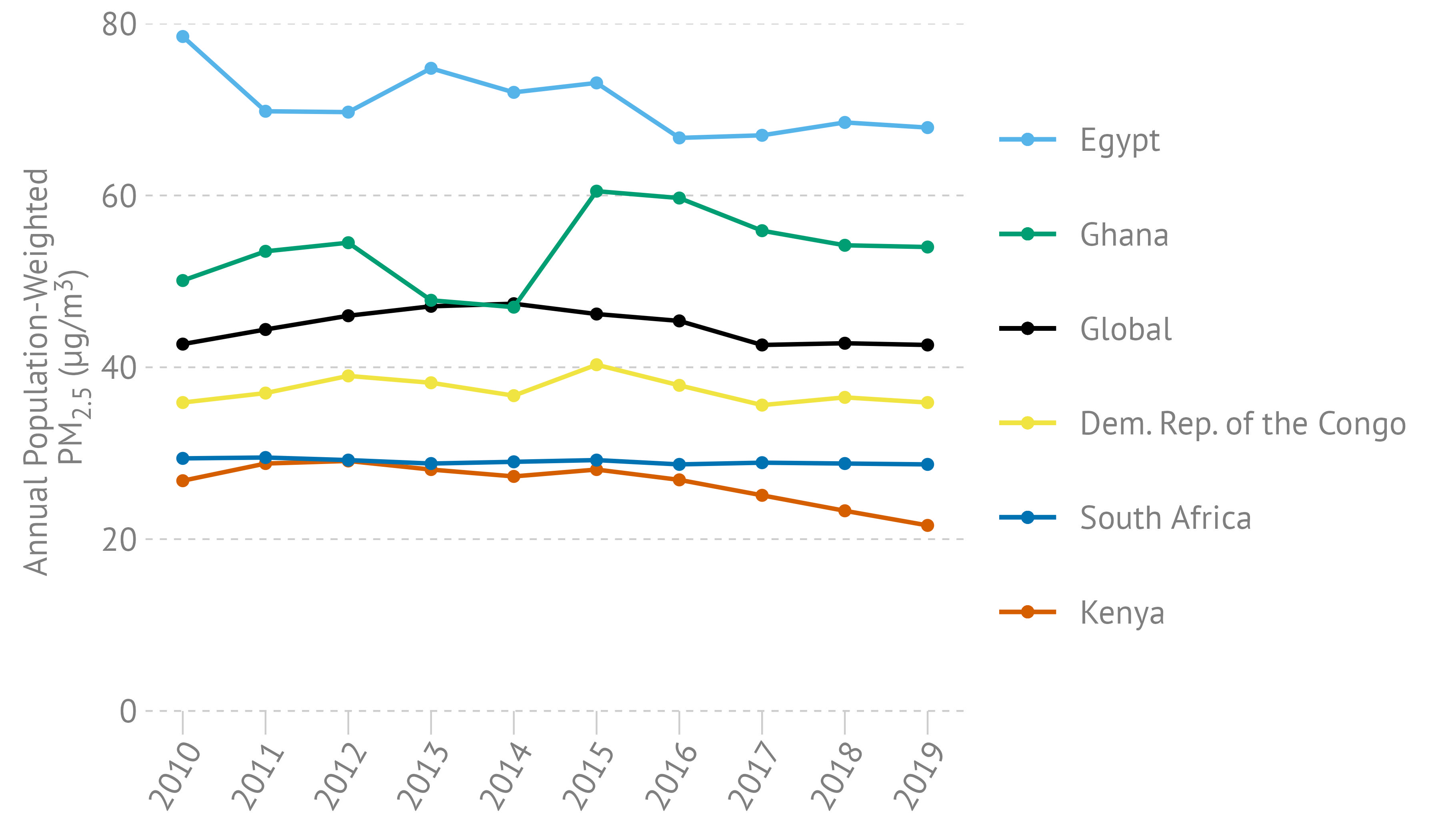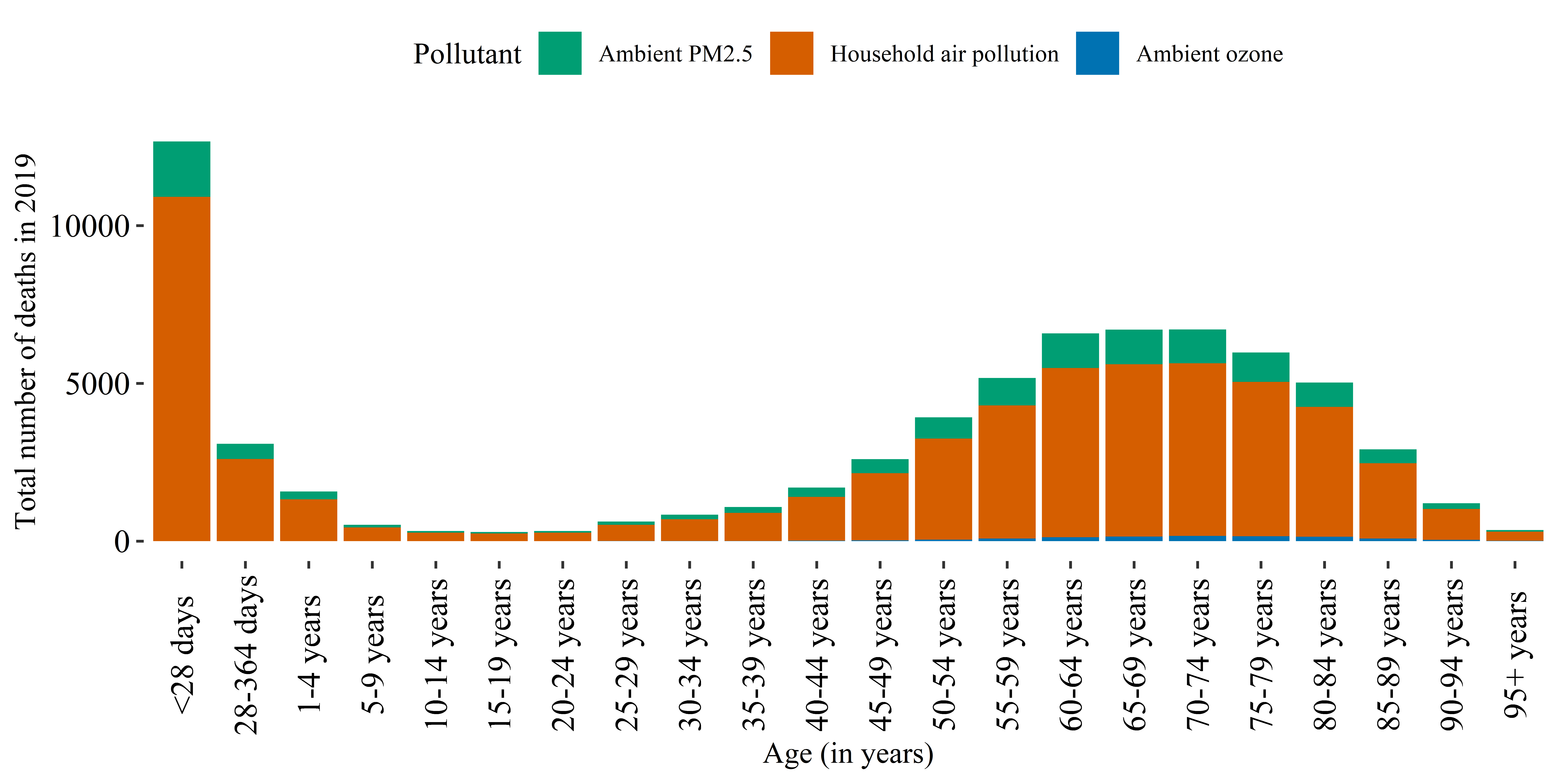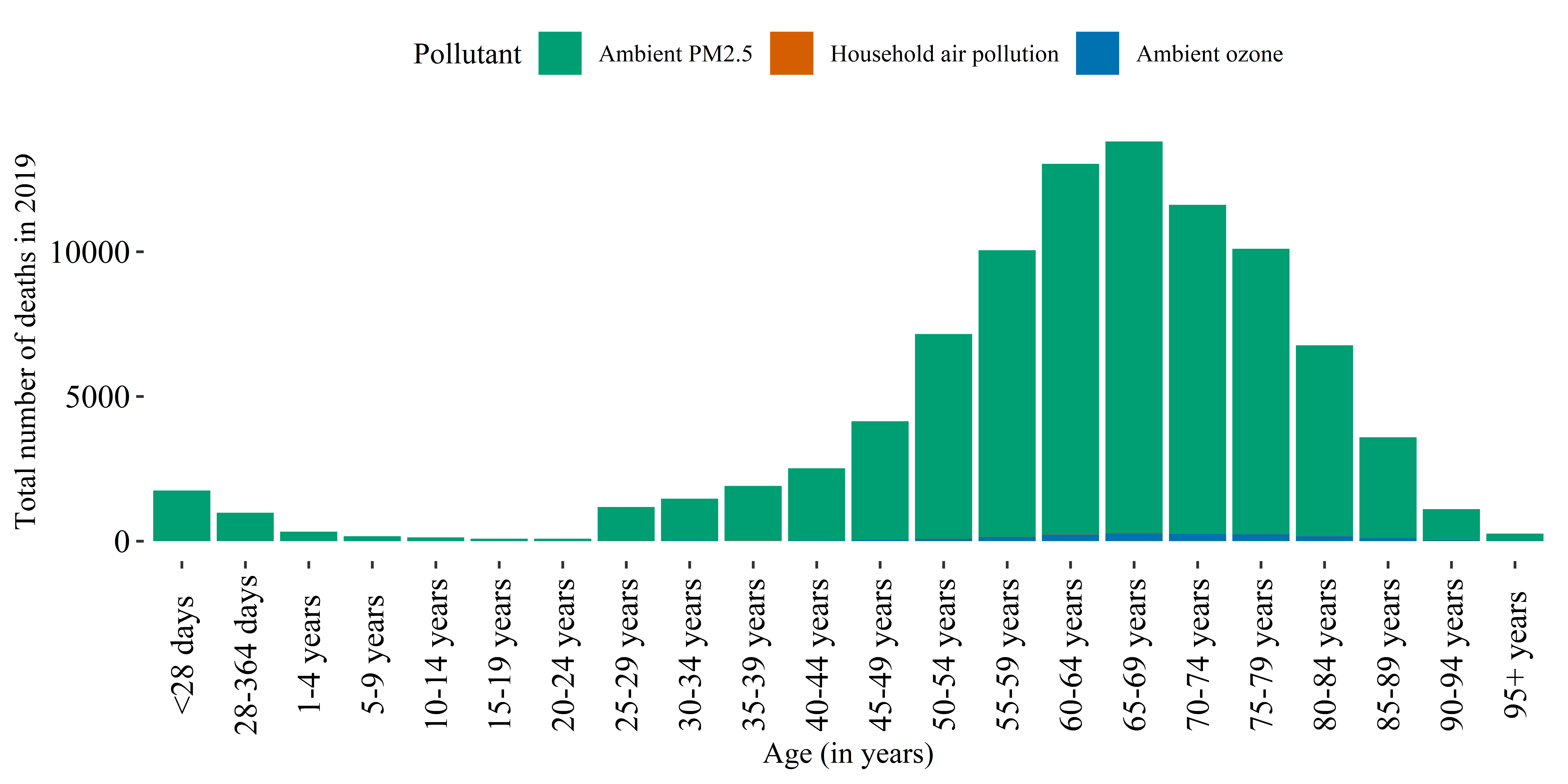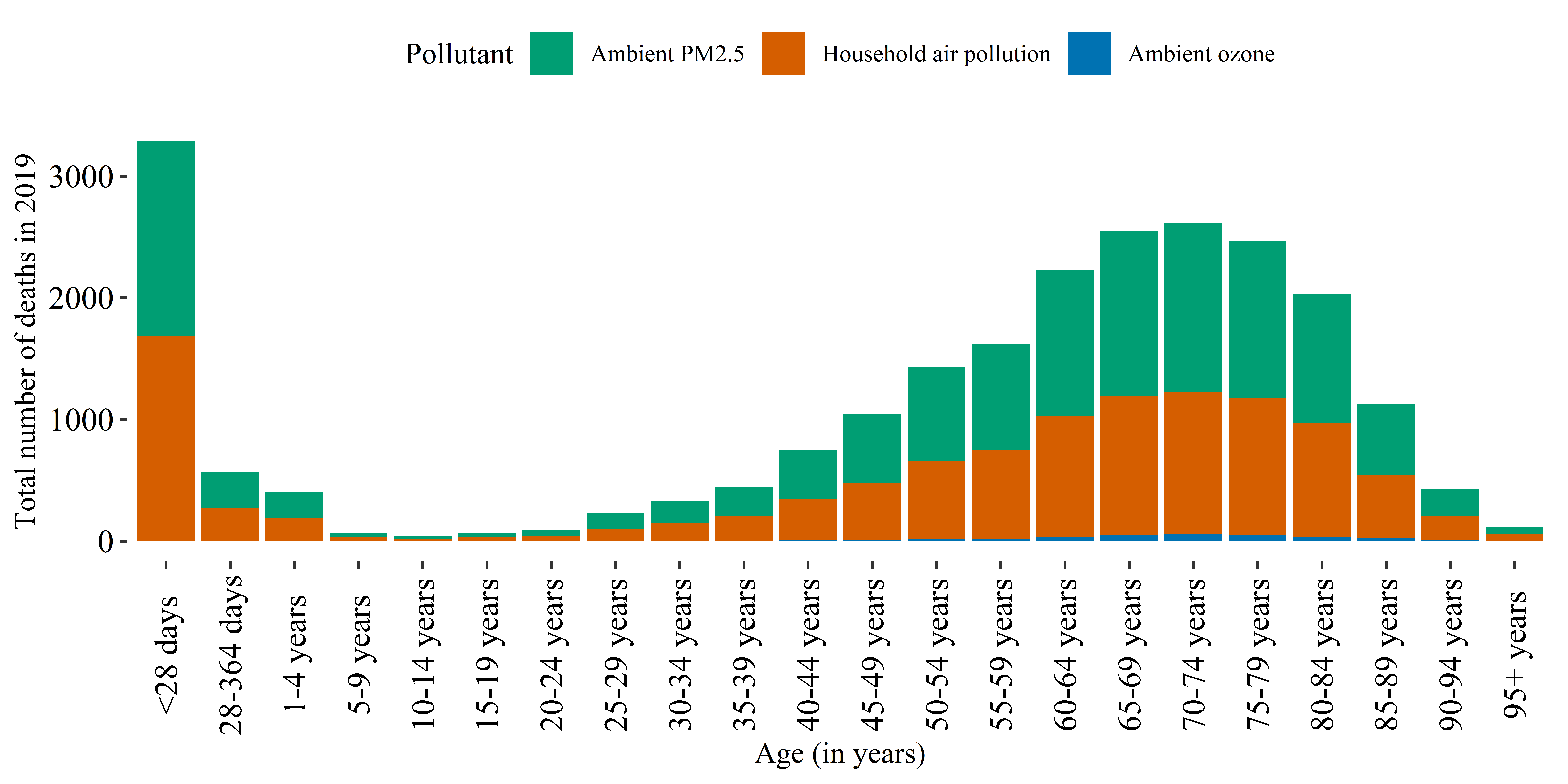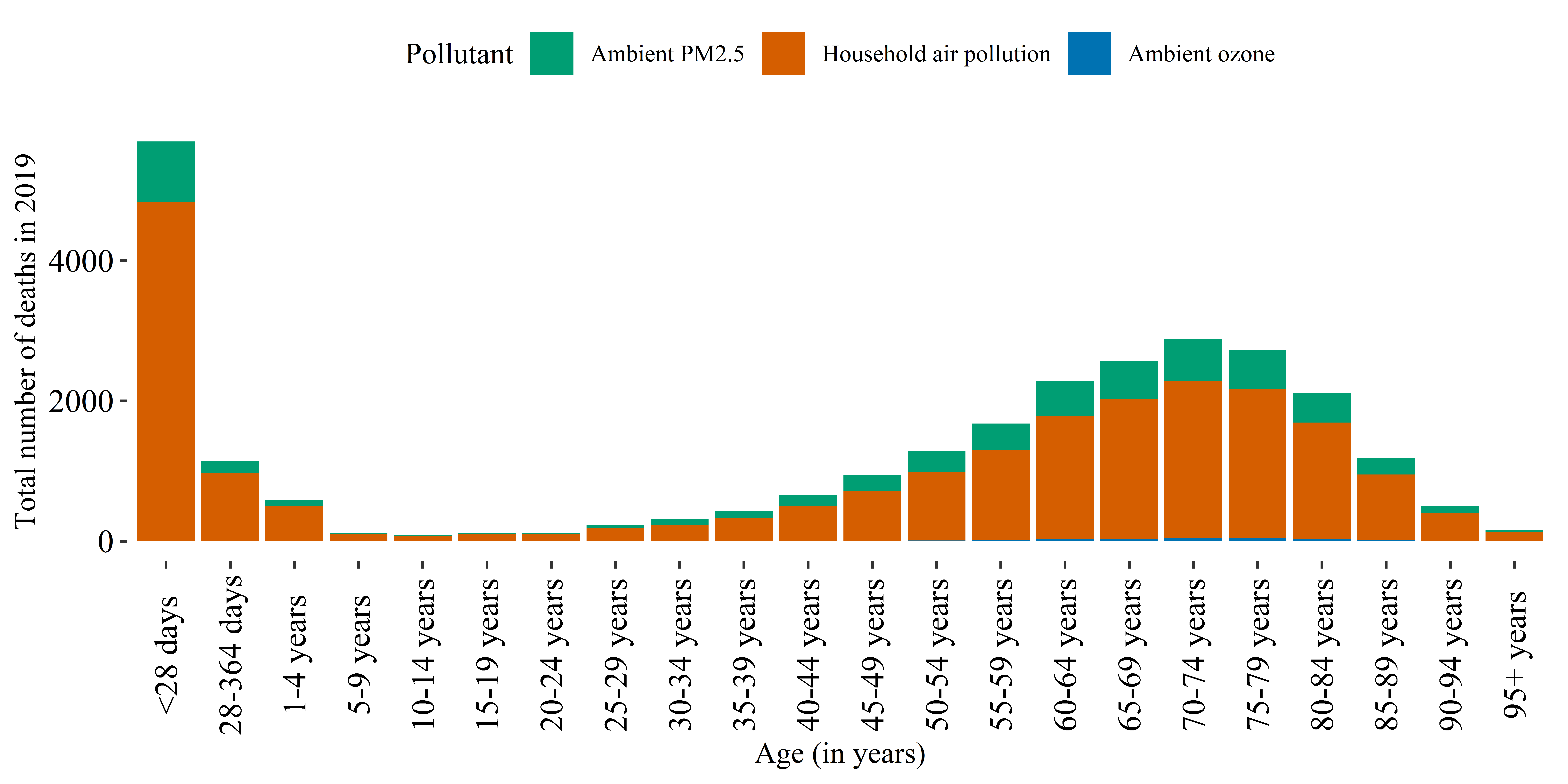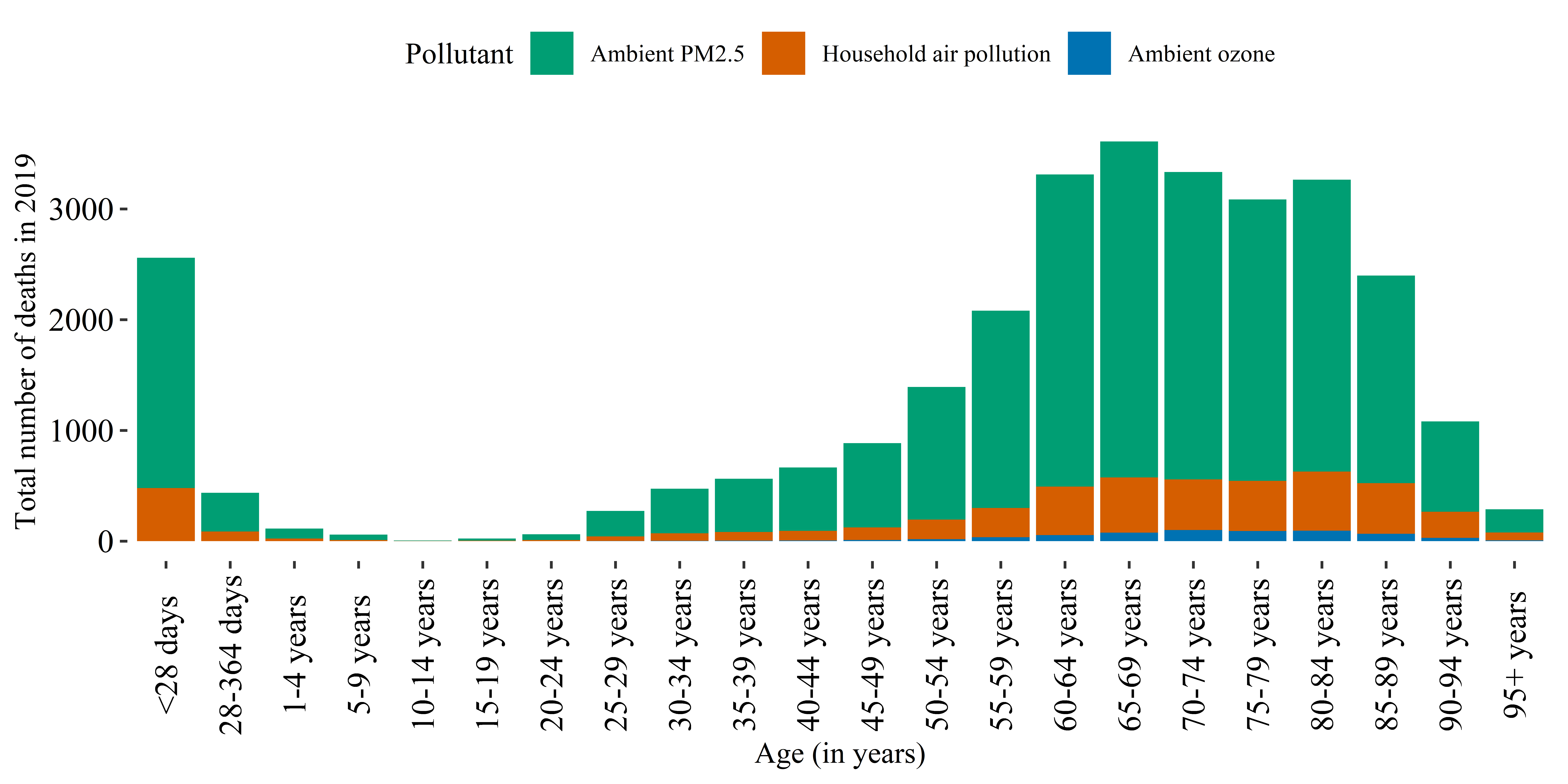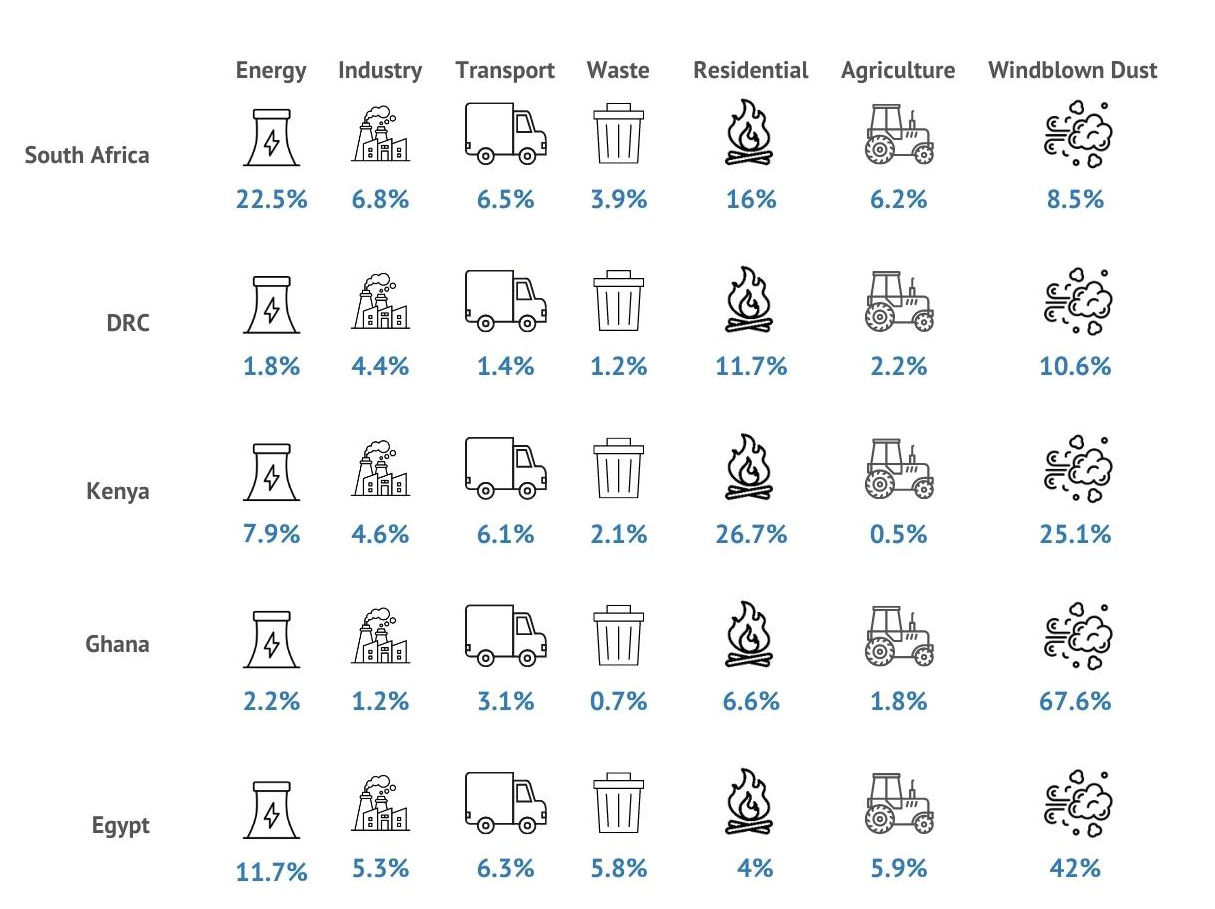Africa experiences some of the worst air pollution and some of the most severe health consequences in the world. In 2019, air pollution was the second leading risk factor for death across Africa, a large and dynamic continent that is home to more than 1.2 billion people. In terms of ambient fine particulate matter (PM2.5), 5 of the world’s 10 most heavily polluted countries are in Africa.
Read the full report: The State of Air Quality and Health Impacts in Africa. English | French
Access our searchable map with the geographic distribution of published work on air pollution and health in East Africa. Literature Database for Air Pollution and Health Work in East Africa (LiNDA HEWA).
Watch our recent livestream interview with Dr. Alice Kaudia and Dr. Caradee Wright on air pollution and health impacts in Africa.



